( The biting stage )
| The Question: Why does my Parrotlet bite me, why is it not tame anymore and what can I do? |
|
This section is for the single Parrotlet that was handfed as a baby and was very tame, and now all of the sudden is starting to bite you. If this does not describe your bird then the answer below will not apply. |
| The Answer: both male and females |
| This is such a hard question to answer because like people each Parrotlet has its very own personality and you can not treat each one of them the same way. There is no simple answer to the biting question, so I have put together a page that if read totally will give you an understanding of the answer and maybe even the solution. Parrotlets that are handfed as babies are generally not scared of anything. This of course depends greatly on the personality of each bird, but from my experience a handfed baby that grows up around people will not be scared of much. This can be dangerous for the bird. They have the personality of a large Amazon Parrot and because they are so small they are not aware of the dangers that come with this strong-headed personality. Please keep an eye out for dangers, it is your responsibility to keep the Parrotlet safe and away from other animals that may cause harm. The Parrotlet generally shows you that he is not scared when he is in his cage and feels secure. You may notice that he goes into attack mode when a stranger comes close to the cage or another bird is close by or even a strange dog or cat is in the room. |
| The biting stage normally starts between 6 months to a year old. Parrotlets love people too much. The biting does not mean that the parrotlet does not love you anymore. He/she loves you so much it has chosen you for its mate. It is believed by many bird experts that the parrotlet becomes frustrated that it cannot drive you to the nest and the two of you are not setting up housekeeping. The parrotlet will bite you to drive you away from a potential suitor (your human mate, child, acquaintance or other pet). The male parrotlet also bites the female in the wild trying to wear her down. The Parrotlet is trying to drive you to the safety of his or her nest. He may bite other people to communicate that you already have a partner. The bird may become territorial when you hold him/her and bite any one that intrudes your space. Although these bites can be extremely painful, they are in fact love bites and almost never will they break the skin. If they are painful I suggest using one sheet of a paper towel to kind of hold/cuddle the bird with. Let him bite on the paper towel if need be.Limits must be set early. The male parrotlet or aggressive female parrotlet in this biting stage, does not belong on your shoulder. Hold the bird on your finger at low chest or waist level. I believe that Parrotlets should also be stick or perch trained as well as hand trained so you can always handle them even when they are in the biting stage. Do not engage in rough play with the bird as that will bring out itsnatural aggression. Discourage nibbling on your body, or fingers. A jiggle of your finger and a firm “No” is all that you need for young Parrotlets. You must be consistent with this for it to work. At this stage do not give up on the bird. Please continue to hold and play with it during this stage process even if it is biting you. Start using a perch in place of your finger to hold him or her. If you stop working with the bird at this point it will revert back to being un-tame. This would be the worst mistake a bird owner could make. Remember that these little guys can live 15 to 30 years and how un-happy of a life it would have if it became un-tame and could no longer be held, pet or loved because it had lost its tameness. This is a natural stage for the parrotlet and it will only last about 8 to 12 weeks. Your parrotlet may come into this same biting stage each year as it matures and enters breeding season. |
| Just a few of the different stages: |
| As a general rule each Parrotlet goes through different stages and at least one biting stage each year. The first stage starts as soon as the baby is pulled from the nest box. |
| Stage #1 The baby will not eat after being pulled away from his parents. This stage only lasts about 3 days. The breeder must be experienced and know how to force the baby to eat at this stage. After a day or two the baby will take the food with no fight.Stage #2 The baby knows that you are the mommy, He no longer fights you to feed, he runs to you when he sees you and demands that you feed him Stage #3 Stage #4 Stage #5
|
| So what do you do?What I do when my parrotlets go into the biting state or what a lot of people call the Terrible Twos is continue to work with them daily. Remember that each bird has its very own personality and you have to be the judge as to what your little bird can handle because you don’t want to put to much stress on them. Keeping that in mind I always force them (if needed) out of the cage even if I have to catch them using a paper towel (no gloves), I move them to another part of the house where they can not see the cage. Otherwise they will not stop trying to get back to it. With the birds wings clipped I sit down on the floor with it and put him on my finger, He jumps off, I put him back on. ( you can also try using a perch in place of your finger) I do this over and over again for sometimes a strong 10 minuets until he gives up and remains on my hand. I also use millet treats holding them in one hand and letting him have the opportunity to have some each time he is on my finger. If I have a male or female that just no matter what will not give in, I cuddle them in my hand placed up against my chest as I continue to stroke his back with my fingers and talk to them with a sweet voice for 5 or 10 minuets and sometimes even walk about the house doing this. Normally they don’t bite hard – However some of them do – In that case I use a paper towel to hold the bird (cuddling him) up against my chest with his head allowed to stick out of the paper towel and allow him to just bite the paper towel until he gives up (no gloves). All the time offering him millet treats and talking to him in a sweet voice. Remember as I stated above you have to be the judge of your own birds personality and stress level. Doing this the way I have described above has worked for me 100% of the time. I have never had a bird that did not calm down and get over this biting stage by doing this. I sometimes have success in as little as one day, and on some birds I have to repeat this process for 2 or 3 days. Parrotlets are have very strong personalities and can be very strong headed, You must teach them that no matter how you hold them you are not going to hurt them and no matter how much he bites the paper towel (or your finger) you are not going to give up.
Not all birds need this kind of training, Many times with parrotlets they simply outgrow this biting state and things go back to normal in a couple of weeks. But you do take a chance of the bird learning that all he has to do is run or nip you on the finger and he can get his way. That is something you don’t want him to learn. If your little guy was handfed as a baby this will work, it may take longer for each bird depending on the personality and how much it was socialized as a baby. Do NOT – Just leave the bird in the cage and hope he will just some day get over it and run over and jump on your finger. It is very rare that will happen. If you stick your finger or hand in the cage and he runs away and you give up and let him continue to run away. You will loose your birds tameness completely. Be very gentle when holding the bird, Do not squeeze him, talk sweet to him, offer him treats, cuddle him using a paper towel if needed (no gloves) and your little bird will tame back down in no time at all in most cases. |
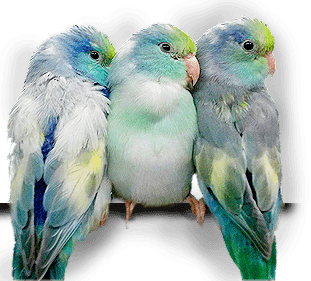 Parrotlets for Sale
Parrotlets for Sale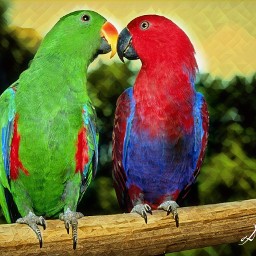 All Babies
All Babies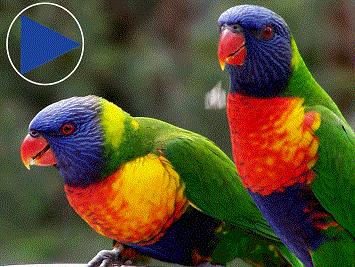 Parrotel Live Video
Parrotel Live Video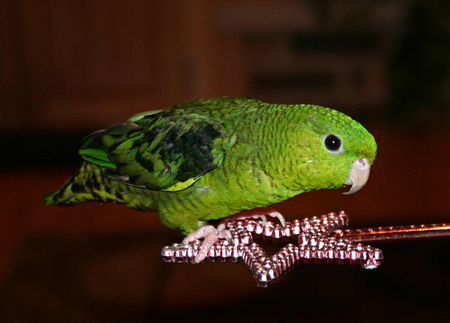 Lineolated Parakeets
Lineolated Parakeets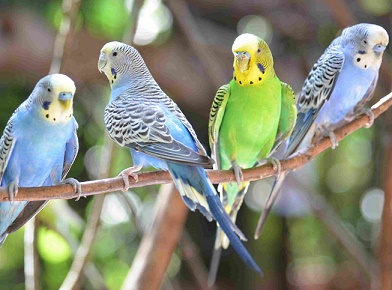 English Budgies
English Budgies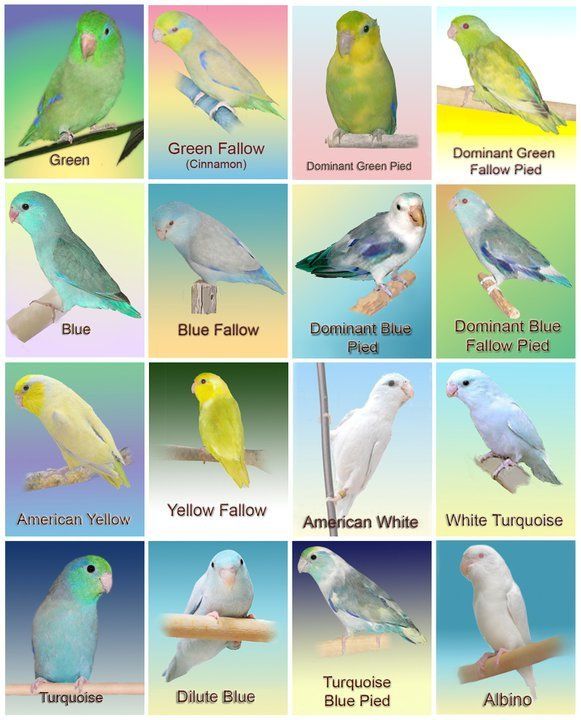 Parrotlet Color Mutations
Parrotlet Color Mutations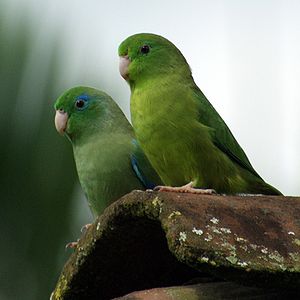 Spectacled Parrotlets
Spectacled Parrotlets